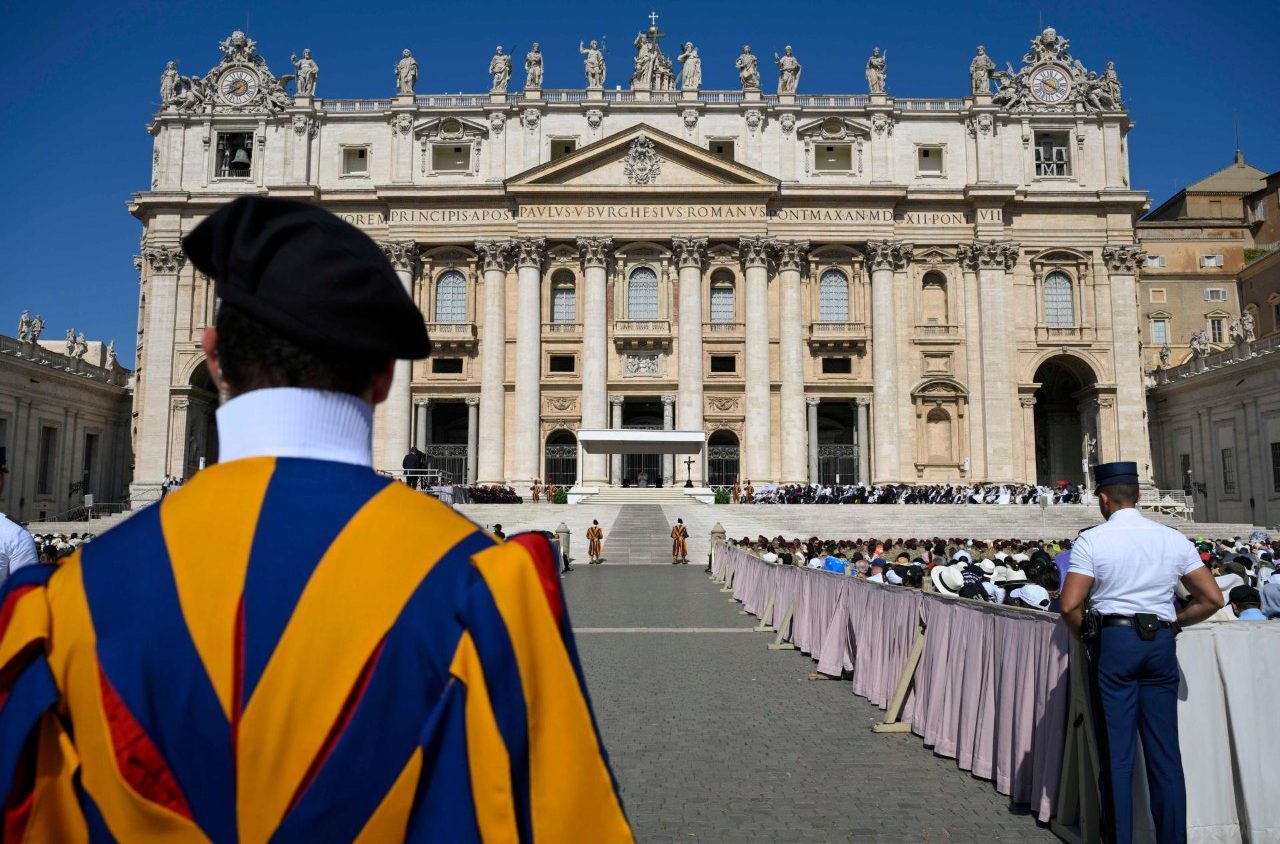Vatican City – A packed St. Peter’s Square welcomed this morning the catechesis of the Holy Father, Leo XIV, who continued his reflection on the healings performed by Jesus, presenting them as tangible signs of hope and instruments of spiritual rebirth.
"In Him there is a power that we too can experience," said the Pontiff, "when we enter into a relationship with His Person." This energy, he explained, can even reach the deepest wounds of our time, such as what he called “the weariness of living,” a silent affliction that burdens many and leads to resignation, isolation, and escape from reality.
Two Women, One Faith
At the heart of today’s meditation, Leo XIV focused on the Gospel account from Mark (5:21–43), which intertwines two stories of women: a dying little girl and a woman who had been suffering for twelve years. In both, the Pope noted, the power of faith is revealed, along with the courage not to give up.
The Pope painted the poignant portrait of the woman with the hemorrhage, who dares to break the silence and overcome social judgment in order to approach Jesus and touch His cloak. “Everyone kept telling her to stay away… They had condemned her to remain hidden,” the Pontiff recalled. Yet it was precisely that faith-filled touch that made the difference: “The crowd presses in on Me, but it is faith that touches Me,” he said, quoting St. Augustine.
A Father Who Believes
The other central figure in the Gospel passage is the father of the little girl: he does not give in to despair or retreat inward, but approaches Jesus with humility and perseverance. Even when he is told that his daughter has died, he does not stop hoping. “Do not be afraid, just have faith,” Jesus tells him. And that faith becomes a path to life: “Talitha kum!” – “Little girl, get up!” The girl rises and walks. “For God,” the Pope commented, “bodily death is like sleep. True death is that of the soul: that is the one we should fear!”
“Do We Know How to Nourish Our Children?”
In a particularly striking moment, Leo XIV recalled Jesus’ instruction to the girl’s parents: “Give her something to eat.” A simple gesture, yet full of meaning: “When our young people are in crisis,” the Pope asked, “do we know how to offer them spiritual nourishment? And how can we, if we ourselves are not nourished by the Gospel?”

Solidarity with Persecuted Christians
At the conclusion of the catechesis, the Pontiff offered a heartfelt message to the Greek Orthodox community affected by the recent attack at St. Elias Church in Damascus. “We entrust the victims to God’s mercy,” he said, “and raise our prayers for the wounded and their families. To the Christians of the Middle East I say: I am close to you! The entire Church is close to you!” Leo also sent a telegram signed by the Secretary of State.
He then issued an appeal to the international community not to turn its back on Syria, “still marked by years of conflict and instability.” His gaze also turned with concern to the broader Middle East, where tensions remain high: “Let us reject every logic of revenge. Let us choose the path of dialogue and peace. The words of the prophet Isaiah resound more urgently than ever.”
In his greeting to Italian pilgrims, Leo XIV encouraged the various groups present—dioceses, religious congregations, parish communities—to be witnesses of the Gospel of charity, to draw strength from the Eucharist, and to live the faith with joy and responsibility. A special message was also addressed to young people, the sick, and newlyweds, as summer approaches: a time of rest, yes, but also of growth, commitment, and mutual care. “To all,” he concluded, “my blessing!”
In a time marked by uncertainty and deep wounds, the Holy Father’s catechesis resounded as an urgent invitation not to be overcome by discouragement, not to give in to fear. Because—as he strongly affirmed—“Jesus is our hope.”
F.R.
Silere non possum